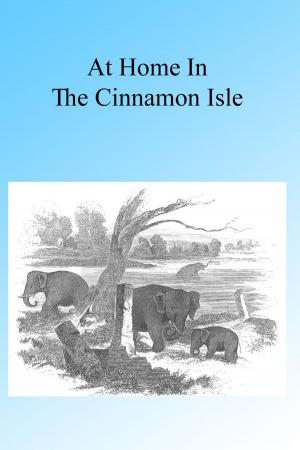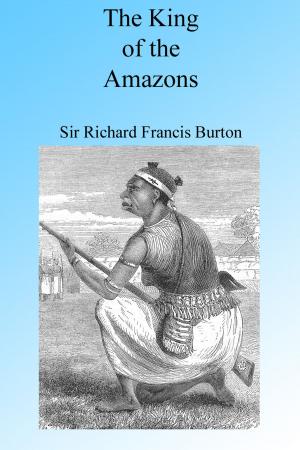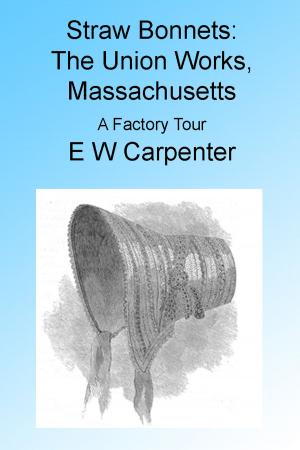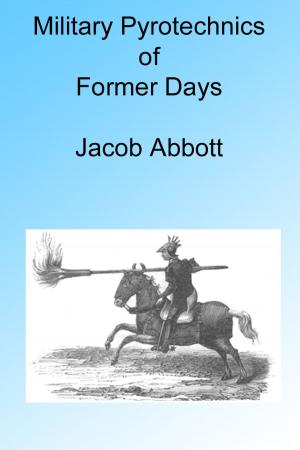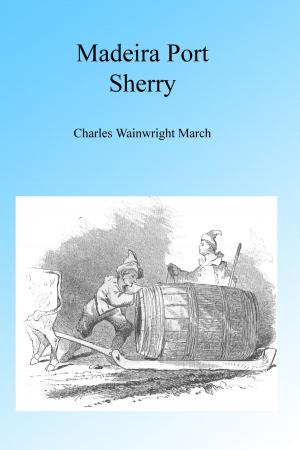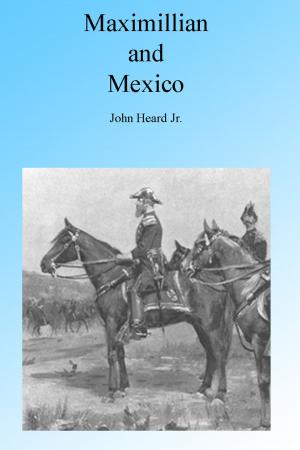On the Plains and Across the Plains, Illustrated
Nonfiction, History, Americas, United States, State & Local, 19th Century| Author: | Theodore R Davis | ISBN: | 9781620602157 |
| Publisher: | Folly Cove 01930 | Publication: | September 18, 2012 |
| Imprint: | Language: | English |
| Author: | Theodore R Davis |
| ISBN: | 9781620602157 |
| Publisher: | Folly Cove 01930 |
| Publication: | September 18, 2012 |
| Imprint: | |
| Language: | English |
Denver was a small town at the foot of the mountains when Theodore Davis took a stagecoach across the plains on the Smoky Hill Route from Atchison, Kansas. Herds of Buffalo and unfriendly Indians made the journey both exhilarating and dangerous, with a cavalry escort on parts of the trail. " 'Here they come!' and the crack of a rifle was responded to by a yell, followed by the singing whiz of arrows and the whistle of revolver bullets. The first shot dropped an Indian. Next a pony stopped, trembled, and fell. The driver crouched as the arrows passed over him, and drove his mules steadily on toward the station."
The Buffalo Range is a primer on all the ways that buffalo were hunted, and all the ways the Indian used the Buffalo. Davis describes the methods of the great slaughter that would end a way of life on the plains. "It would seem to be hardly possible to imagine a more novel sight than a small band of buffalo loping along within a few hundred feet of a railroad train in rapid motion, while the passengers are engaged in shooting, from every available window, with rifles, carbines, and revolvers. An American scene, certainly."
In A Summer on the Plains Davis travels with Hancock and Custer as they spend the summer trying to move the Indians onto reservations. Davis details the trials of the task and the death throes of the Native American way of life as the two sides jockeyed for advantage in the guerrilla war in the American west. "The Indians had attacked in two parties, numbering something over a hundred each. But very few shots could have been fired by Kidder's party with their carbines, as there were not more than ten or a dozen cartridge shells to be found. They may have used their revolvers, but there was every reason to believe that they had been overpowered by the Indians on the first attack. From appearances one or more of the men had met death by torture."
In A Winter on the Plains we learn how the Army and the Indian passed the long, cold season when fighting for survival was more important than fighting the White Man. "Winter is the 'at home' season of the Indian. The intense cold makes the comfort of a warm lodge or tent of dressed buffalo hide appreciable. (Tepe is the Indian name for the lodge.) It is the season of rest for the Indian, who, if he would go on the war path, must, unless the winter is very open and the ground tolerably free from snow, take the trail on foot, a mode of traveling which the Plains Indian, accustomed as he is from boyhood to the pony's back, does not look upon with favor."
These four pieces were originally published over 1867-69 and were influential in forming American Public Opinion during the time the West was being tamed.
Denver was a small town at the foot of the mountains when Theodore Davis took a stagecoach across the plains on the Smoky Hill Route from Atchison, Kansas. Herds of Buffalo and unfriendly Indians made the journey both exhilarating and dangerous, with a cavalry escort on parts of the trail. " 'Here they come!' and the crack of a rifle was responded to by a yell, followed by the singing whiz of arrows and the whistle of revolver bullets. The first shot dropped an Indian. Next a pony stopped, trembled, and fell. The driver crouched as the arrows passed over him, and drove his mules steadily on toward the station."
The Buffalo Range is a primer on all the ways that buffalo were hunted, and all the ways the Indian used the Buffalo. Davis describes the methods of the great slaughter that would end a way of life on the plains. "It would seem to be hardly possible to imagine a more novel sight than a small band of buffalo loping along within a few hundred feet of a railroad train in rapid motion, while the passengers are engaged in shooting, from every available window, with rifles, carbines, and revolvers. An American scene, certainly."
In A Summer on the Plains Davis travels with Hancock and Custer as they spend the summer trying to move the Indians onto reservations. Davis details the trials of the task and the death throes of the Native American way of life as the two sides jockeyed for advantage in the guerrilla war in the American west. "The Indians had attacked in two parties, numbering something over a hundred each. But very few shots could have been fired by Kidder's party with their carbines, as there were not more than ten or a dozen cartridge shells to be found. They may have used their revolvers, but there was every reason to believe that they had been overpowered by the Indians on the first attack. From appearances one or more of the men had met death by torture."
In A Winter on the Plains we learn how the Army and the Indian passed the long, cold season when fighting for survival was more important than fighting the White Man. "Winter is the 'at home' season of the Indian. The intense cold makes the comfort of a warm lodge or tent of dressed buffalo hide appreciable. (Tepe is the Indian name for the lodge.) It is the season of rest for the Indian, who, if he would go on the war path, must, unless the winter is very open and the ground tolerably free from snow, take the trail on foot, a mode of traveling which the Plains Indian, accustomed as he is from boyhood to the pony's back, does not look upon with favor."
These four pieces were originally published over 1867-69 and were influential in forming American Public Opinion during the time the West was being tamed.



